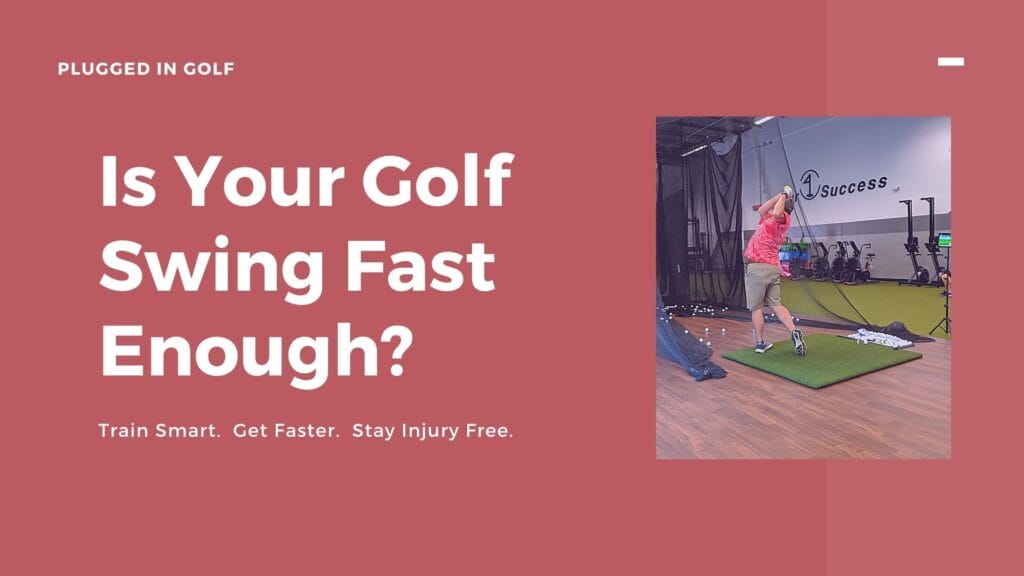Chris Finn, the founder of Par4Success, emphasizes the importance of speed in the game of golf in his article “How Fast Should You Be?” He discusses the misconception that age limits one’s ability to improve in golf and reveals how fast golfers of different ages should be swinging based on research and data collected over seven years.
Finn’s data sample consists of nearly 1,500 golfers ranging from age 10 to 80. He not only provides insight into the average swing speeds for different age groups but also highlights three key power tests that correlate highly with club head speed. By assessing where you stand in terms of speed and power, Finn suggests that improvements can be made to boost overall performance on the golf course.
For golfers with higher power percentages but lower speed percentiles, Finn advises unlocking their full potential by addressing mobility restrictions and possibly incorporating over speed training. On the other hand, those with higher speed percentiles but lower power percentages are cautioned against swinging faster than their bodies can handle, as this may lead to injuries. These golfers are encouraged to focus on improving physical abilities to match their swing speed.
The first step in this process is to assess your rotational mobility, as identified by four main rotary centers. Finn notes that a significant number of golfers over the age of 50 tend to fail these tests, indicating the need for mobility improvements to reduce injury risk and potentially increase swing speed. By completing the mobility tests provided in the article, golfers can gain a better understanding of their limitations and receive free fixes for their mobility issues.
Following the mobility assessment, golfers are encouraged to conduct power tests such as standing shot put, seated chest pass, and vertical jump. These tests have been linked to club speed, with shot put right demonstrating the strongest correlation. By comparing their power numbers to their club speed percentiles, golfers can determine areas for improvement and create a personalized plan to enhance their performance on the course.
Based on the results of the power and swing speed assessments, golfers may fall into one of three categories: the More RPM Under the Hood Golfer, the Ticking Time Bomb Golfer, or the Balanced Golfer. Each category suggests specific areas of focus, whether it be addressing mobility restrictions, refining technique and equipment, or seeking professional help to develop a comprehensive golf performance program. Regardless of the category, Finn encourages golfers to prioritize mobility, power, and speed gains to optimize their performance and minimize injury risks on the course.
In conclusion, Finn’s article sheds light on the importance of speed in golf, dispelling the belief that age is a limiting factor in one’s ability to improve. By assessing mobility, power, and swing speed, golfers can uncover areas for growth and develop a personalized plan to enhance their performance. Finn’s research-backed approach offers valuable insights for golfers of all ages and skill levels looking to increase their speed and overall effectiveness on the golf course.


